The differing roles of the UX Designer — from uxmag.com by Rosie Allabarton
…different companies expect vastly different things from the same job.
Excerpt:
What does it mean to be a UX designer?
Whether you land a job at a startup or a larger corporation, your role as UX designer will be directly involved in the process to make a product useful, usable and delightful for that company’s intended target user group. Whether you are managing a large team of UXers or flying solo, the UX process itself remains the same and in general works in this order:
User Research
User research involves speaking to real users in your target audience about your product. If the product doesn’t exist yet, it’s about speaking to users of similar products and finding out what they want from this kind of platform. If it’s a pre-existing product, you’ll be asking questions about how they feel navigating your current design, their success in reaching their goals, and if they find the information they’re looking for easily and intuitively. A number of methods are usually adopted for this part of the process, including: questionnaires, focus group discussion, task analysis, online surveys, persona creation and user journey map.
Design
During the design phase you’ll be primarily thinking about how your product/service can accommodate how the customer already behaves (as seen during User Research). The design of your product revolves around functionality and usability, rather than colors or pictures (these are established later by a visual designer). Having established during your user research what your users expect from your product or site, what their goals are and how they like to operate a system, it is functionality and usability that will be your focus now. During this phase you will be using the following techniques to design your user’s journey through the site: information architecture, wireframing, prototyping.
Testing
Testing allows you to check that the changes you made during the design phase (if redesigning an existing product) stand up to scrutiny. It’s a great way to eliminate problems or user difficulties that were unforeseen in the design phase before getting started on the implementation phase. Testing methods include: usability testing, remote user testing, a/b testing. (Bear in mind that testing can be repeated at any stage in the process, and often is to increase the quality of the design and fix any errors.)
Implementation
If you’ve not had much experience working with web developers, then it’s important to consider this crucial aspect of the role. During implementation you will be working intimately with developers to reach your end goal for a project. The developers will be working to transform your design ideas into a real, working website; how you approach this relationship will determine the success or failure of your project. Keeping your developers in the loop throughout the process will make this final phase easier for everyone involved; you as the UX designer will have realistic expectations of what the developers can produce (and in what time-frame) and the developers won’t get any nasty shocks at the last minute.
Officially, a UX designer is responsible for this entire process, and its execution. However, larger companies tend to break this role down into a few, smaller roles that focus entirely on one section. We will look at what these roles are in the next section.
What other roles fall under the ‘UX Design’ umbrella?…<read more here>
From DSC:
A UX Designer, ideally, would be one of the people around the table in higher education that’s helping to create excellent learning experiences. How many organizations are using one? Probably not many. Instead, such duties are most likely being lumped into the role of the Instructional Designer or the Instructional Technologist — or is yet another hat that the faculty member is supposed to be wearing.














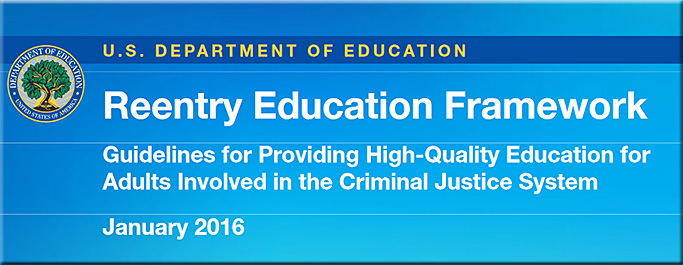
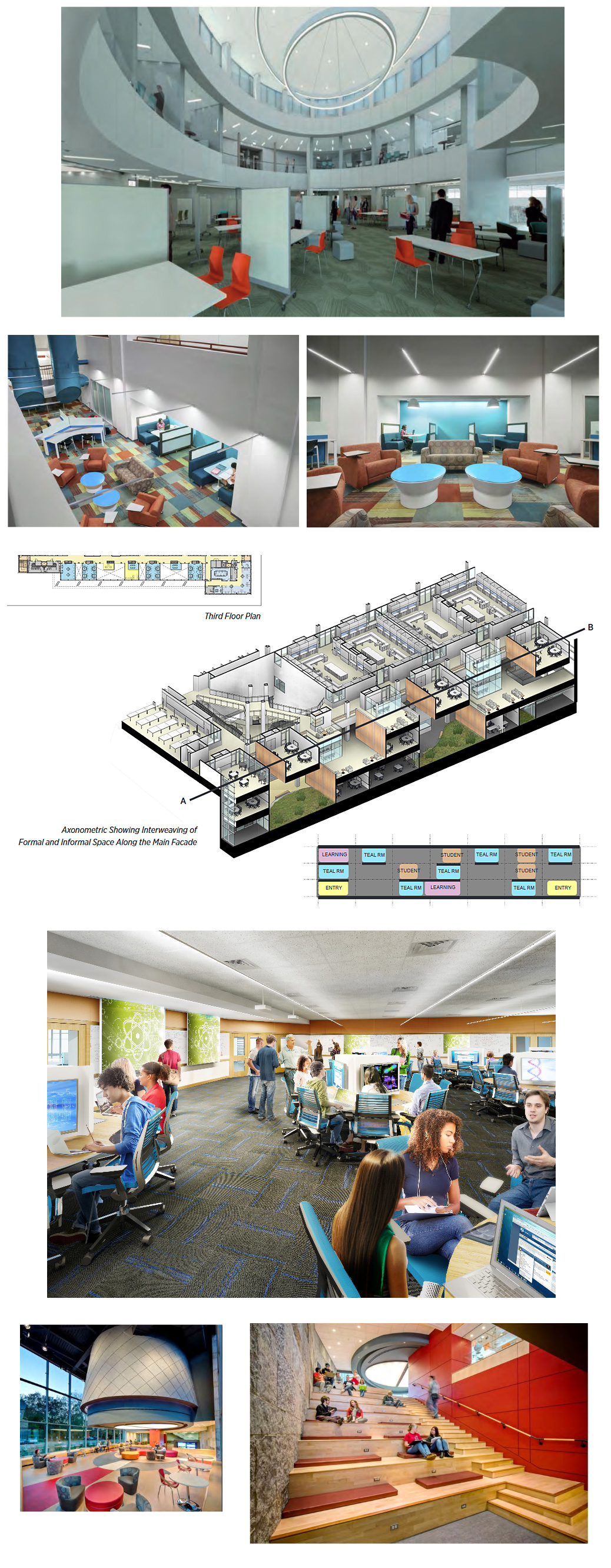


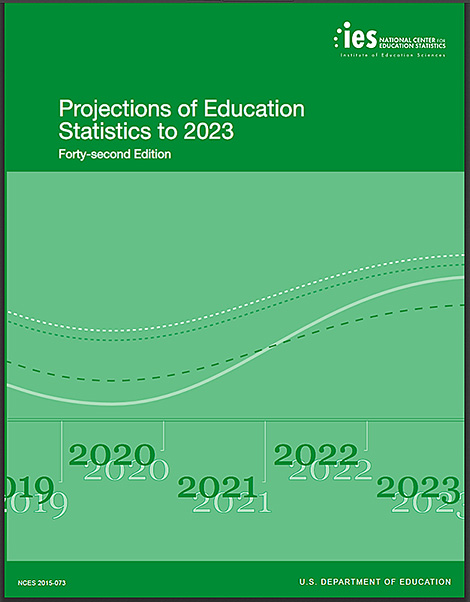

![The Living [Class] Room -- by Daniel Christian -- July 2012 -- a second device used in conjunction with a Smart/Connected TV](http://danielschristian.com/learning-ecosystems/wp-content/uploads/2012/07/The-Living-Class-Room-Daniel-S-Christian-July-2012.jpg)
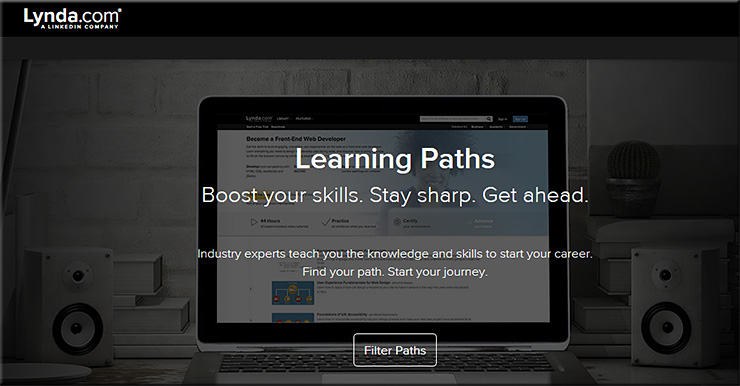
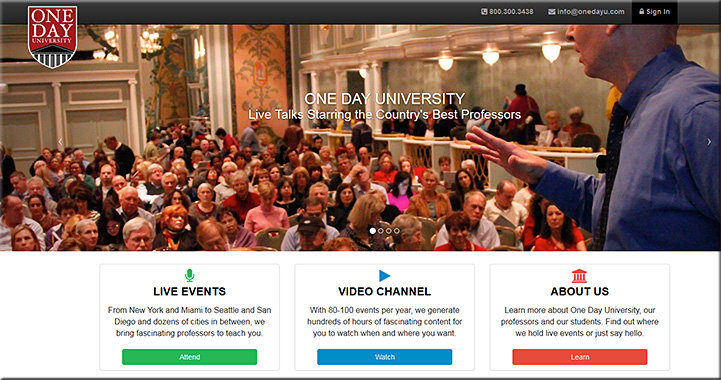

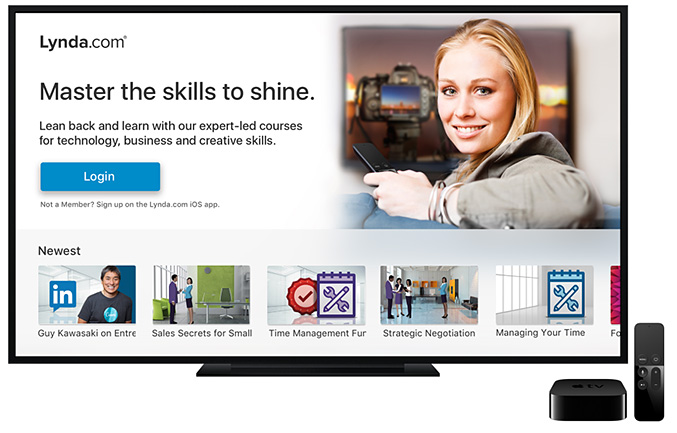
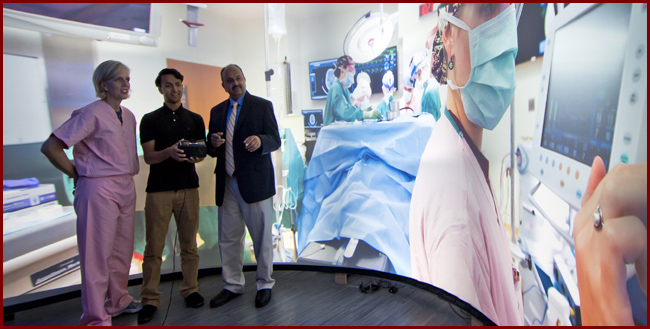
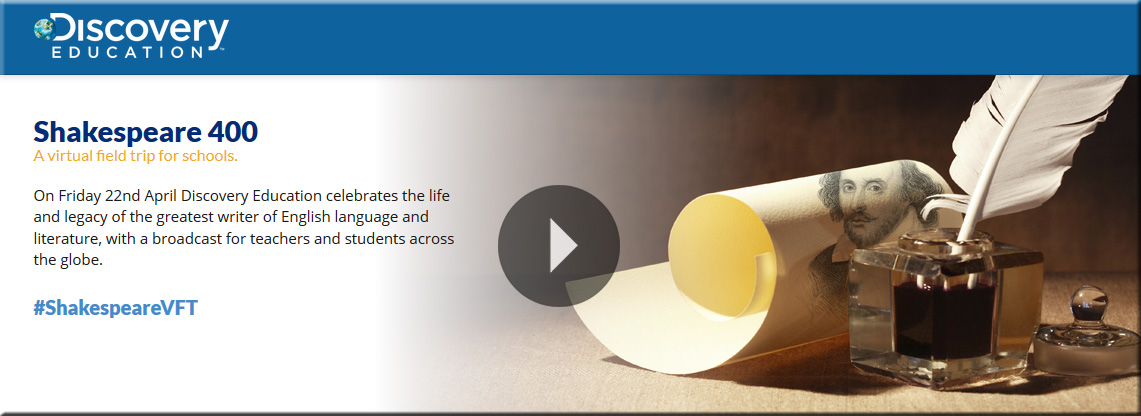
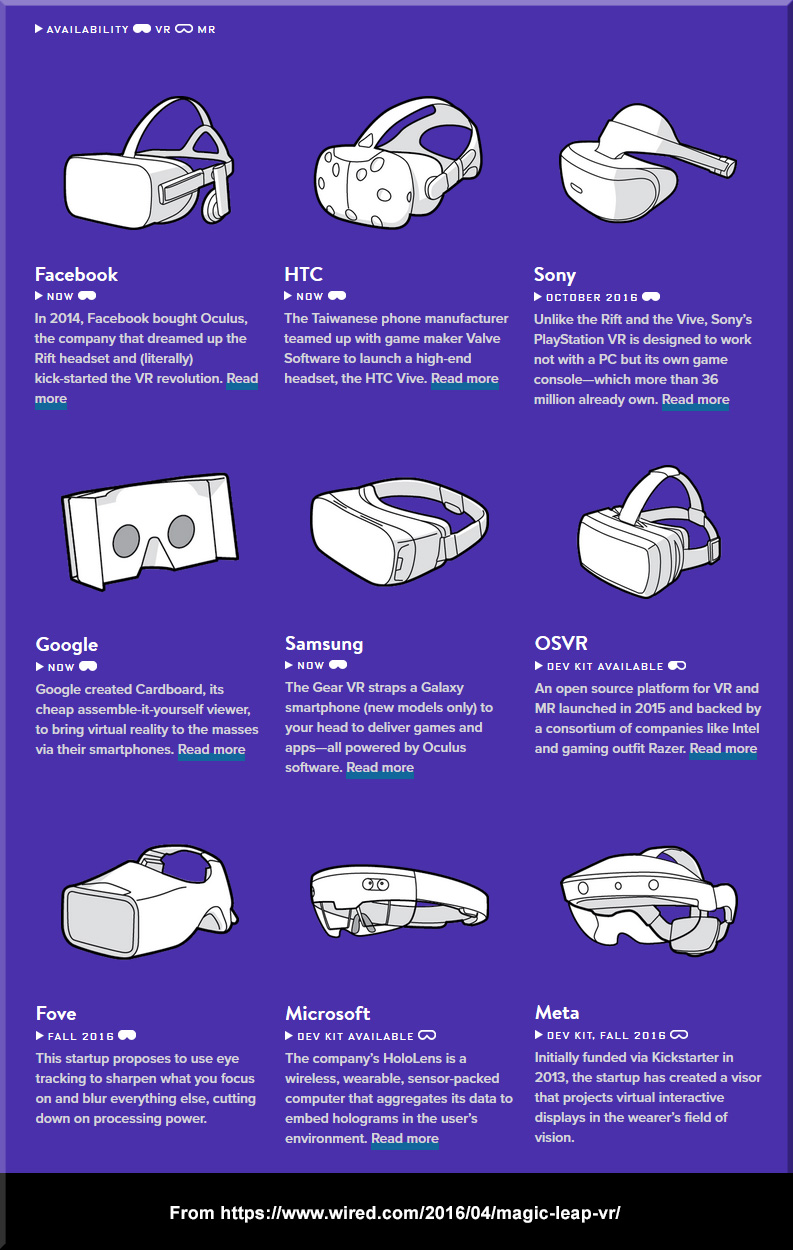

/cdn0.vox-cdn.com/uploads/chorus_asset/file/6296959/AltspaceVR_make_a_VR_call.0.png)
